Britain's creepiest crawlie? The 250-million-year-old Scorpion Fly
A living prehistoric relic, the scorpion fly is a permanent guest at the ugly-bug ball, says Ian Morton.
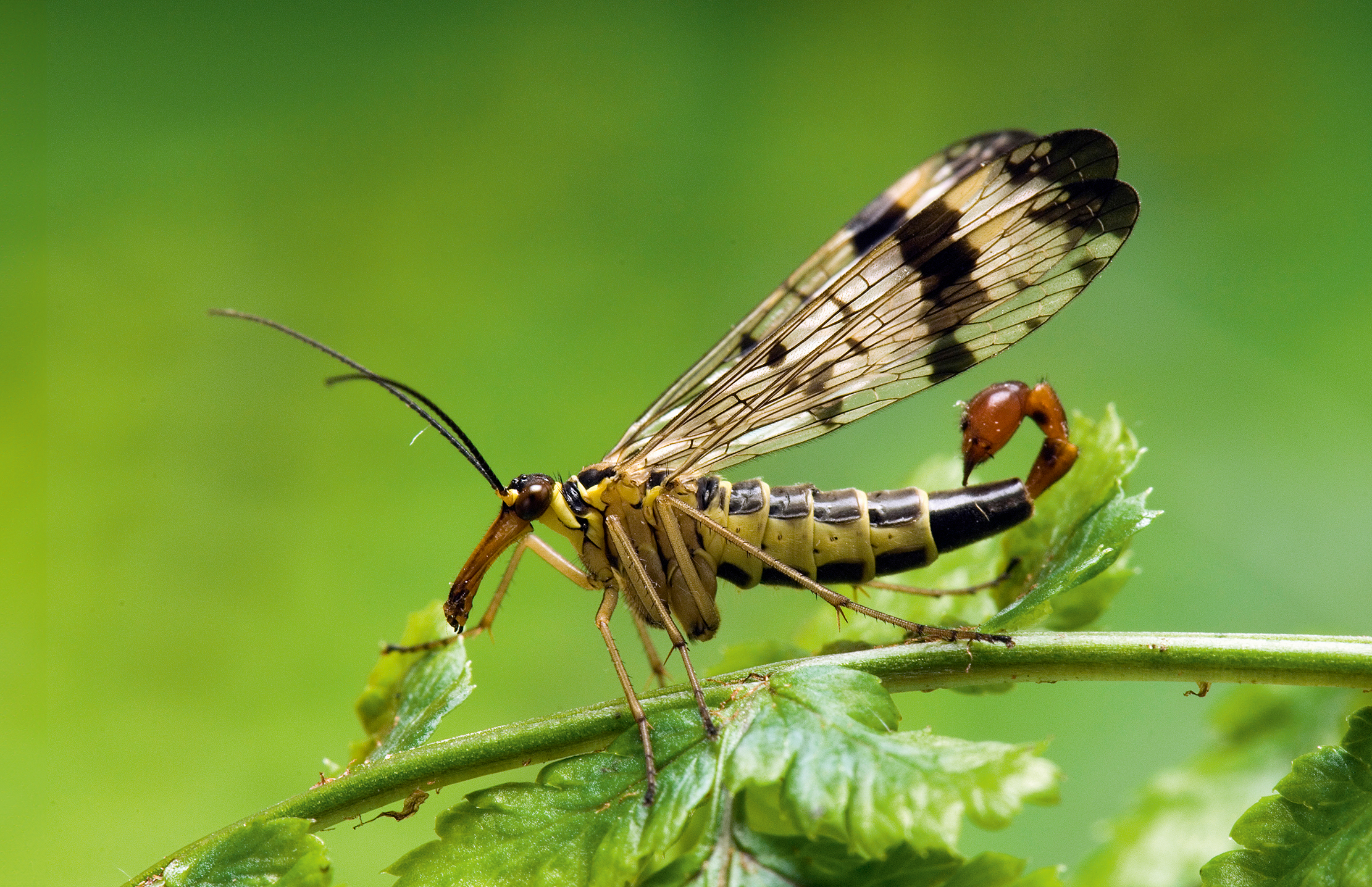

There are beautiful insects and insects handsome to the human eye, but among the least pretty of those six-limbed legions is one directly descended from ancestors that flourished in the Permian period, some 250 million years ago. It is a living fossil plainly deserving of survival, for botanists surmise that, before the emergence of bees and other busy insects, its forebears were essential pollinators of early seed-bearing plants.
With diminutive measurements — it is barely half an inch long, with little more than a 1in wingspan — in magnification, the scorpion fly looks like something out of the creative depths of science fiction. It perches high on its legs in the stance of a parked Concorde, below its prominent brown compound eyes droops a large beak and between the long, black-blotched lacy wings is a yellow-and-black body culminating in the feature that gives it its name: a plump, scorpion-like tail the colour of a cockroach, which can curve menacingly upwards and forwards. It is by no means a handsome fellow.
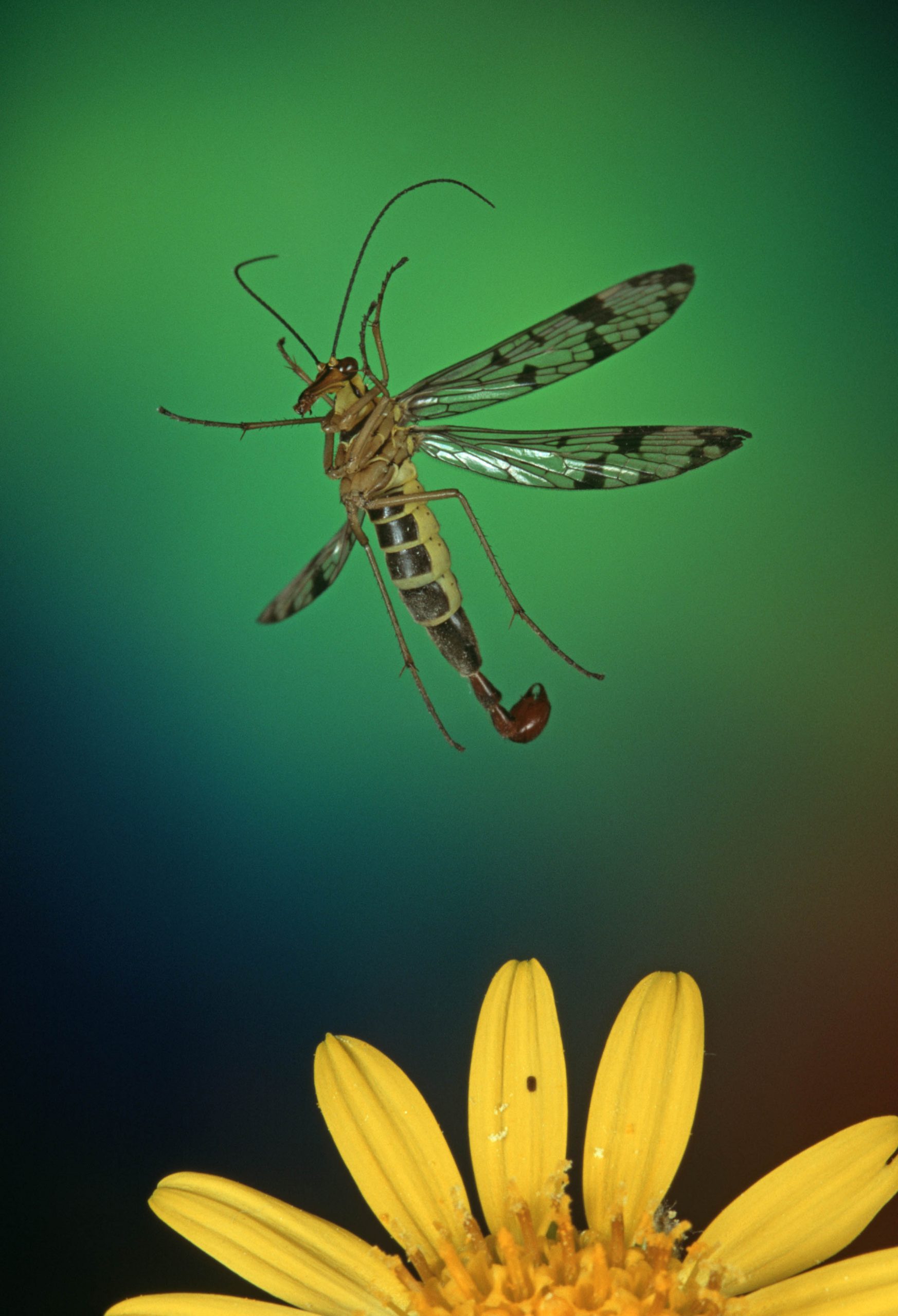
So much for appearances: the scorpion fly is a harmless little critter, after all. The arching tail is sported only by the male, has no sting and carries a pair of claspers for mating — in fact, it is his genitalia, which he presents to a female after giving her a ball of saliva and mashed insect to gain approval. The beak has a tubular sucking mouth and will draw in pollen, nectar and fruit juice. Tiny jaws deal mainly with dead insects, although live aphids may be taken. The scorpion fly is prone to pilfering victims trapped in spiders’ webs and any spider that intervenes may also be eaten. It does not fear entanglement in the web, because it can dissolve the silk.
Found in woodland edges, hedge bottoms and among brambles and nettles, three species of scorpion fly are present in the UK and were named by Linnaeus in his 1758 classifications. The most common, Panorpa communis, and the more thinly distributed P. cognata and P. germanica are widespread in England and Wales, but do not reach Scotland. Members of the Mecoptera order, they are unrelated to the creature whose common name they share. In appearance, their closest relative in this country is the tiny snow flea Boreus hyemalis.
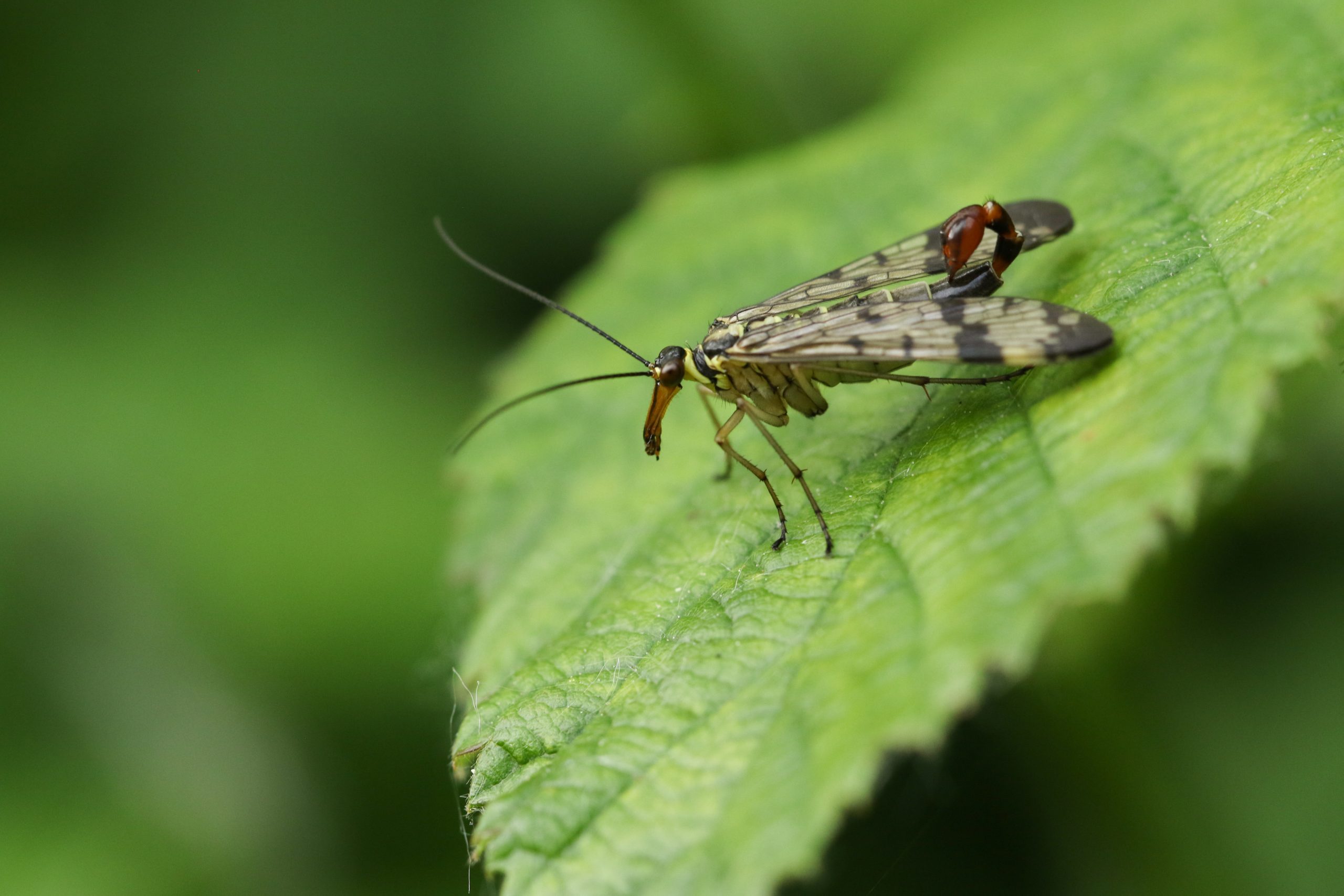
Scorpion flies spend most of their time crawling around vegetation, but may take to the air in short, whirring straight-line flights and are quick to remove themselves if disturbed. They are active from May to September, breeding in midsummer in moist leaf litter. A male emits a pheromone to attract a mate and performs a little dance with flashing wings when she appears. The female deposits one generation of eggs in the soil per season — usually a clutch of 10 or so. Once hatched, the caterpillar-like larvae graze on decayed organic matter and insect remains, before pupating over winter.
Scorpion flies: The facts
- Scorpion flies have been found useful in forensics. Being among the first to arrive at a cadaver, their presence helps to determine how recently death occurred
- In the US, which hosts 60 species, entomologists regard scorpion flies as good models for the study of insect mating behaviour. It has been discovered that some males imitate females in order to steal other males’ food. Such behaviour has not been reported in this country
- Scorpion flies are among the fearsome insect combatants to have been commandeered by the video-game industry. In more bad publicity, Stephen King deployed them among the nightmarish assailants trapping people inside a supermarket in his 1980 novella The Mist. The author’s flies were 2ft long, the pinkish colour of burned flesh that had repaired, had bulbous eyes on short limber stalks and they clung to the window glass with fat suction pads
- The word ‘scorpion’ appeared in Middle English some time about the end of the 12th century, deriving from classical mythology and astronomy via Old French
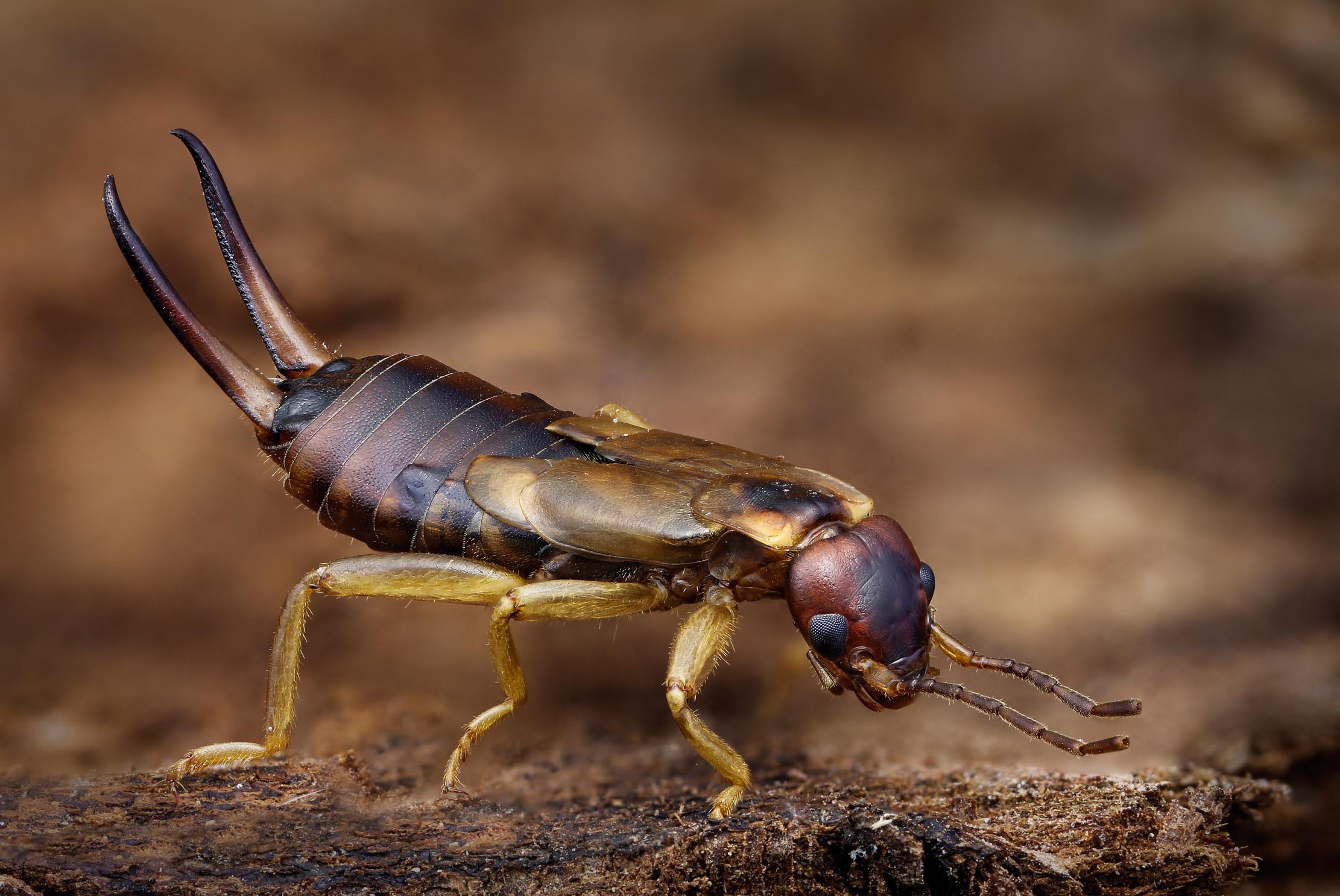
Credit: Getty Images/500px Prime
Curious Questions: Do earwigs go in your ears?
For centuries earwigs were believed to be adept at entering our ears so as to lay eggs in the brain,
Exquisite houses, the beauty of Nature, and how to get the most from your life, straight to your inbox.

Borage: The Pimm's decoration that powered the Crusaders and lifted 'dusky melancholie'
Once considered so sacred that Druids consecrated their weapons with its starflower petals before battle, borage deserves more recognition, says
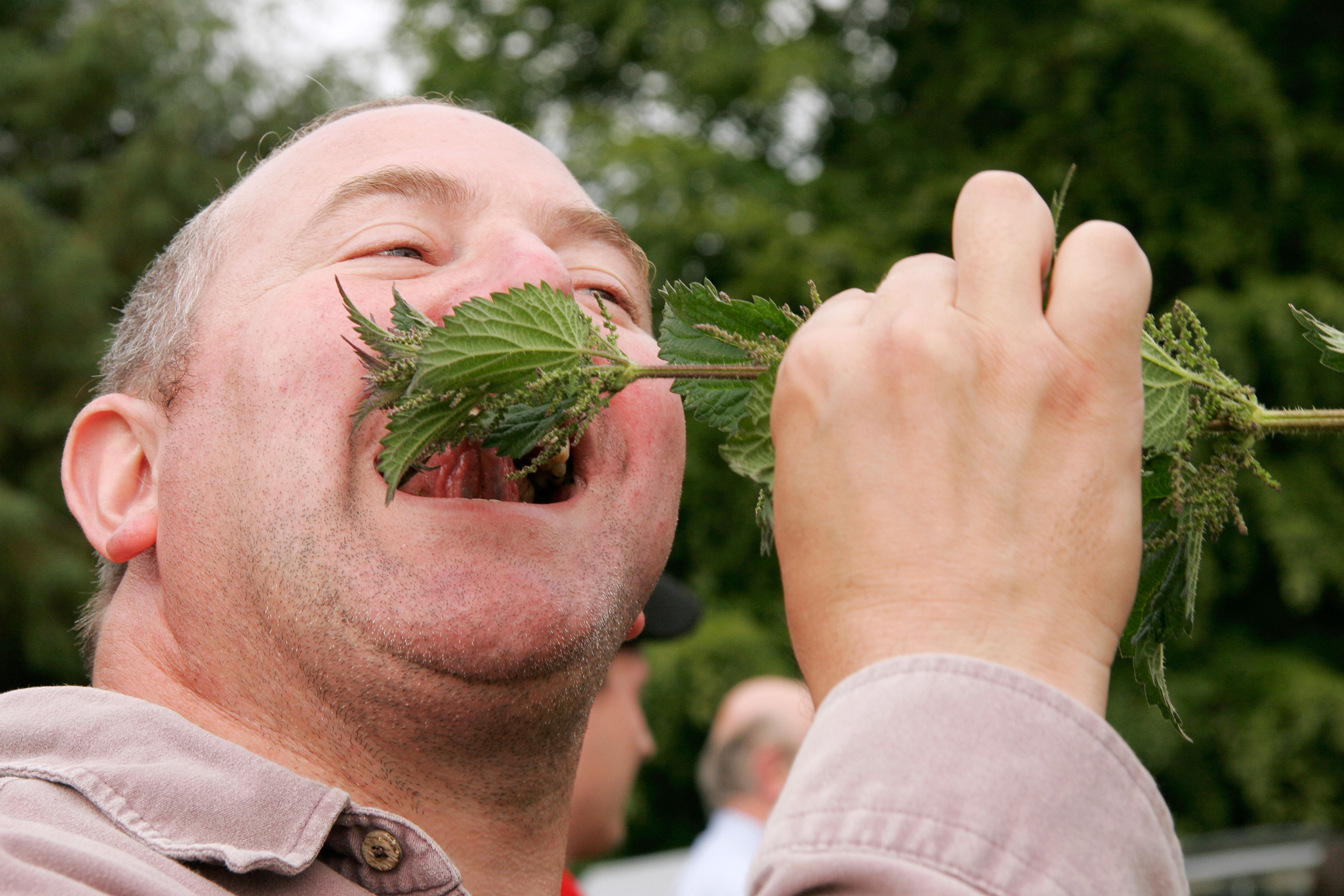
Curious Questions: How, and why, do people eat stinging nettles?
Every summer, people from around the world gather at a pub in Devon for the World Nettle Eating Championship. But
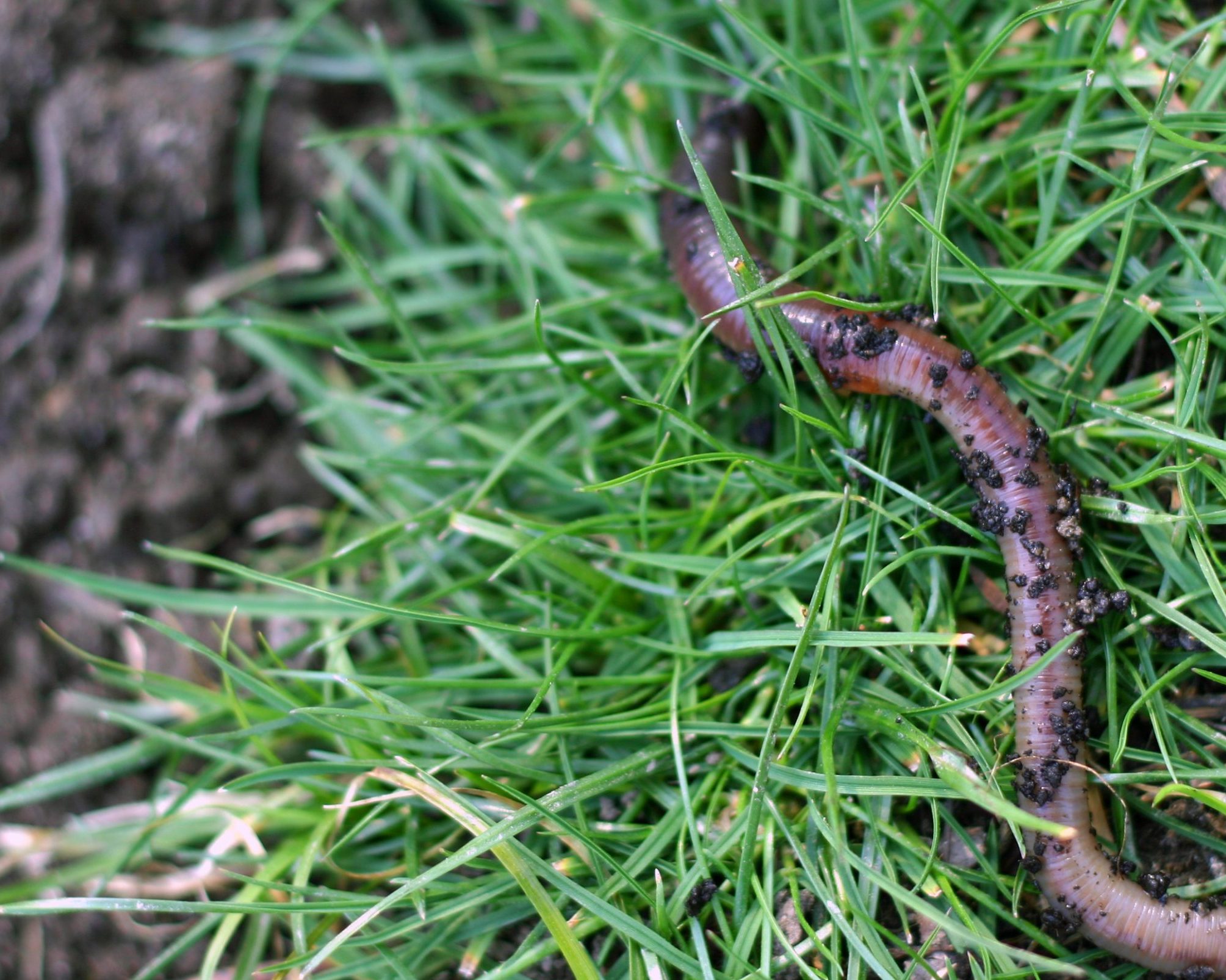
Credit: Getty Images/iStockphoto
An ode to the worm: ‘The intestines of the earth‘, 6,000 species, 600 million years old and undeniably valuable
Lauded by Aristotle as the ‘intestines of the earth’, the 1.75 million worms found in each acre of fertile arable
After some decades in hard news and motoring from a Wensleydale weekly to Fleet Street and sundry magazines and a bit of BBC, Ian Morton directed his full attention to the countryside where his origin and main interests always lay, including a Suffolk hobby farm. A lifelong game shot, wildfowler and stalker, he has contributed to Shooting Times, The Field and especially to Country Life, writing about a range of subjects.
-
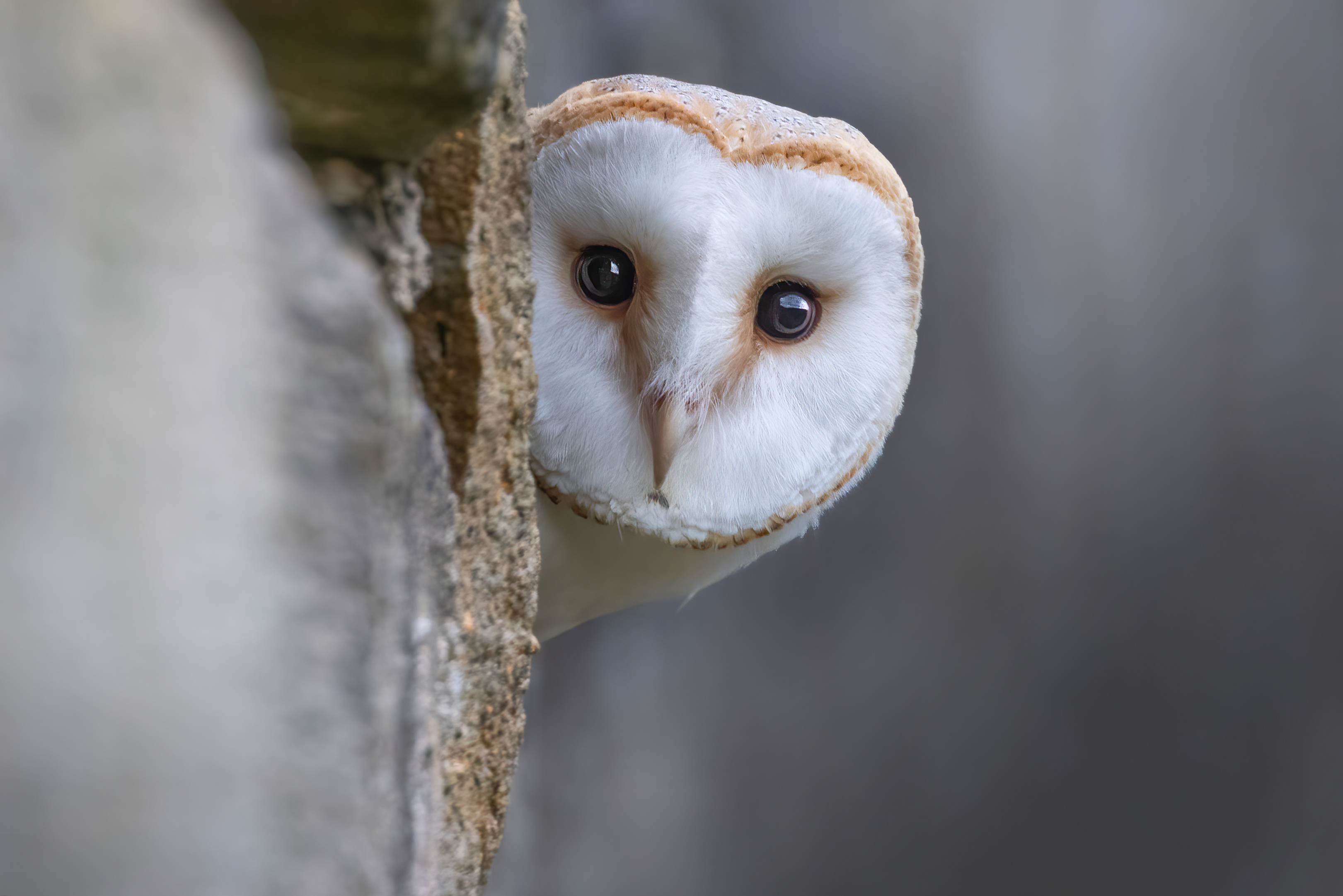 Picture round: Guess the animal in today's Country Life Quiz of the Day, November 6, 2025
Picture round: Guess the animal in today's Country Life Quiz of the Day, November 6, 2025In today's quiz we're asking you to guess the names of these lesser-known animals.
-
 Bunny Mellon: The Truman Capote ‘Swan’, muse and horticulturalist whose creations for The White House were recently lost forever
Bunny Mellon: The Truman Capote ‘Swan’, muse and horticulturalist whose creations for The White House were recently lost foreverAs Tiffany & Co. pay homage to Bunny Mellon with a new Bird on a Rock collection, Owen Holmes takes a look at the most iconic garden designs of this heiress-horticulturist, from her Virginia estate to the White House to Versailles.
